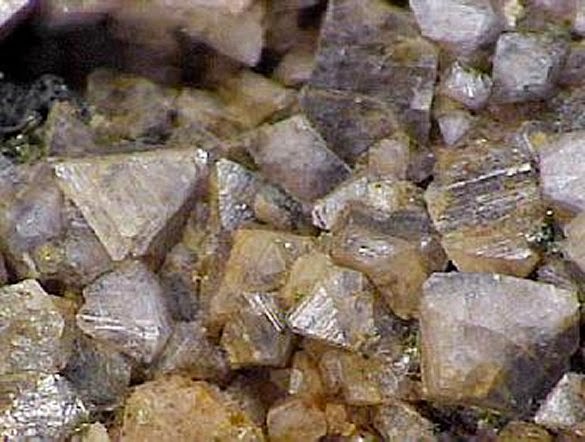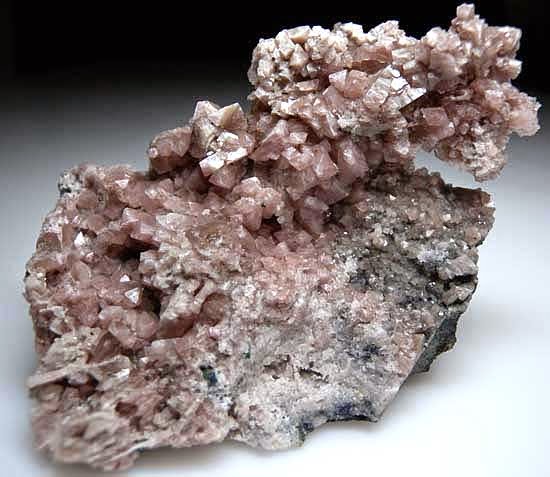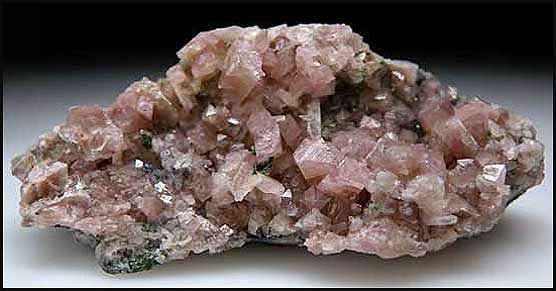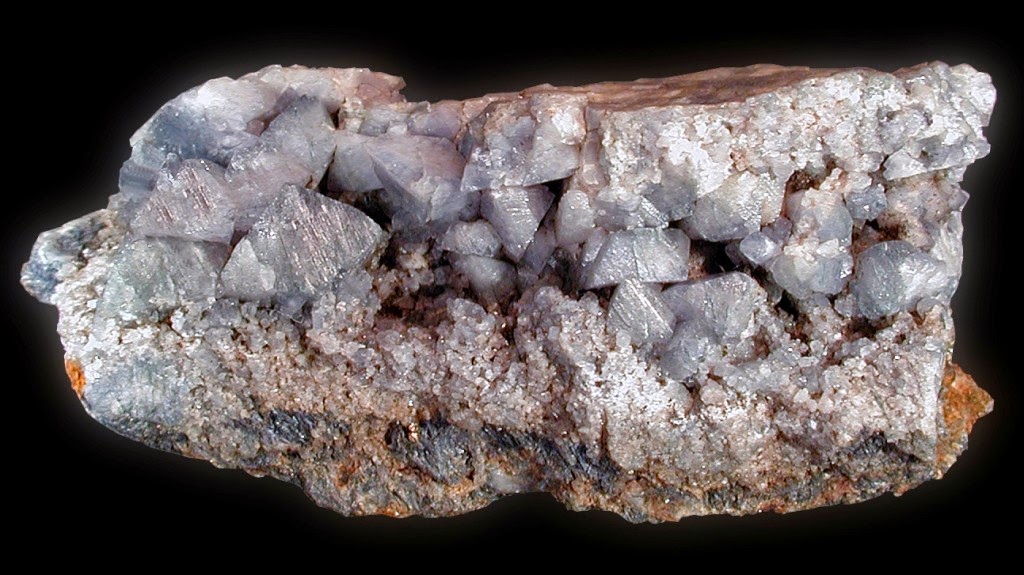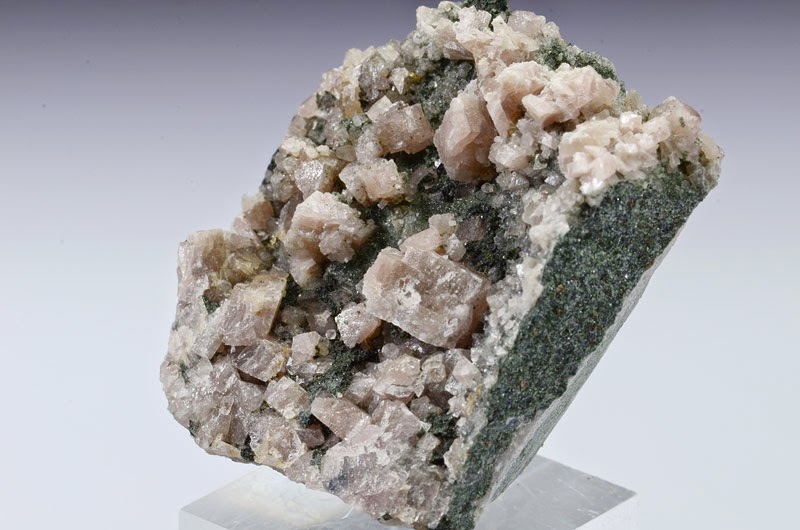
Chemical Formula: CaAl2(Si2O7)(OH)2·H2O
Locality: Reed Station, Tiburon peninsula, Marin County, California, USA.
Name Origin: Named for Andrew Cowper Lawson (1861-1952), Scottish-American geologist.
Lawsonite is a hydrous calcium aluminium sorosilicate mineral with formula CaAl2(Si2O7)(OH)2·H2O. Lawsonite crystallizes in the orthorhombic system in prismatic, often tabular crystals. Crystal twinning is common. It forms transparent to translucent colorless, white, and bluish to pinkish grey glassy to greasy crystals. Refractive indices are nα=1.665, nβ=1.672 – 1.676, and nγ=1.684 – 1.686. It is typically almost colorless in thin section, but some lawsonite is pleochroic from colorless to pale yellow to pale blue, depending on orientation. The mineral has a Mohs hardness of 8 and a specific gravity of 3.09. It has perfect cleavage in two directions and a brittle fracture.
Lawsonite is a metamorphic mineral typical of the blueschist facies. It also occurs as a secondary mineral in altered gabbro and diorite. Associate minerals include epidote, titanite, glaucophane, garnet and quartz. It is an uncommon constituent of eclogite.
It was first described in 1895 for occurrences in the Tiburon peninsula, Marin County, California. It was named for geologist Andrew Lawson (1861–1952) of the University of California by two of Lawson’s graduate students, Charles Palache and Frederick Leslie Ransome.
History
Discovery date : 1895
Town of Origin: PENINSULE DE TIBURON, MARIN CO., CALIFORNIE
Country of Origin : USA
Optical properties
Optical and misc. Properties: Translucent to transparent
Refractive Index: from 1,66 to 1,68
Axial angle 2V : 76-87°
Physical Properties
Cleavage: {010} Perfect, {001} Perfect, {110} Poor
Color: Colorless, White, Gray, Blue, Pinkish.
Density: 3.09
Diaphaneity: Translucent to transparent
Fracture: Brittle – Uneven – Very brittle fracture producing uneven fragments.
Hardness: 7.5 – Garnet
Luminescence: Non-fluorescent.
Luster: Vitreous – Greasy
Magnetism: Nonmagnetic
Streak: white
Photos:
